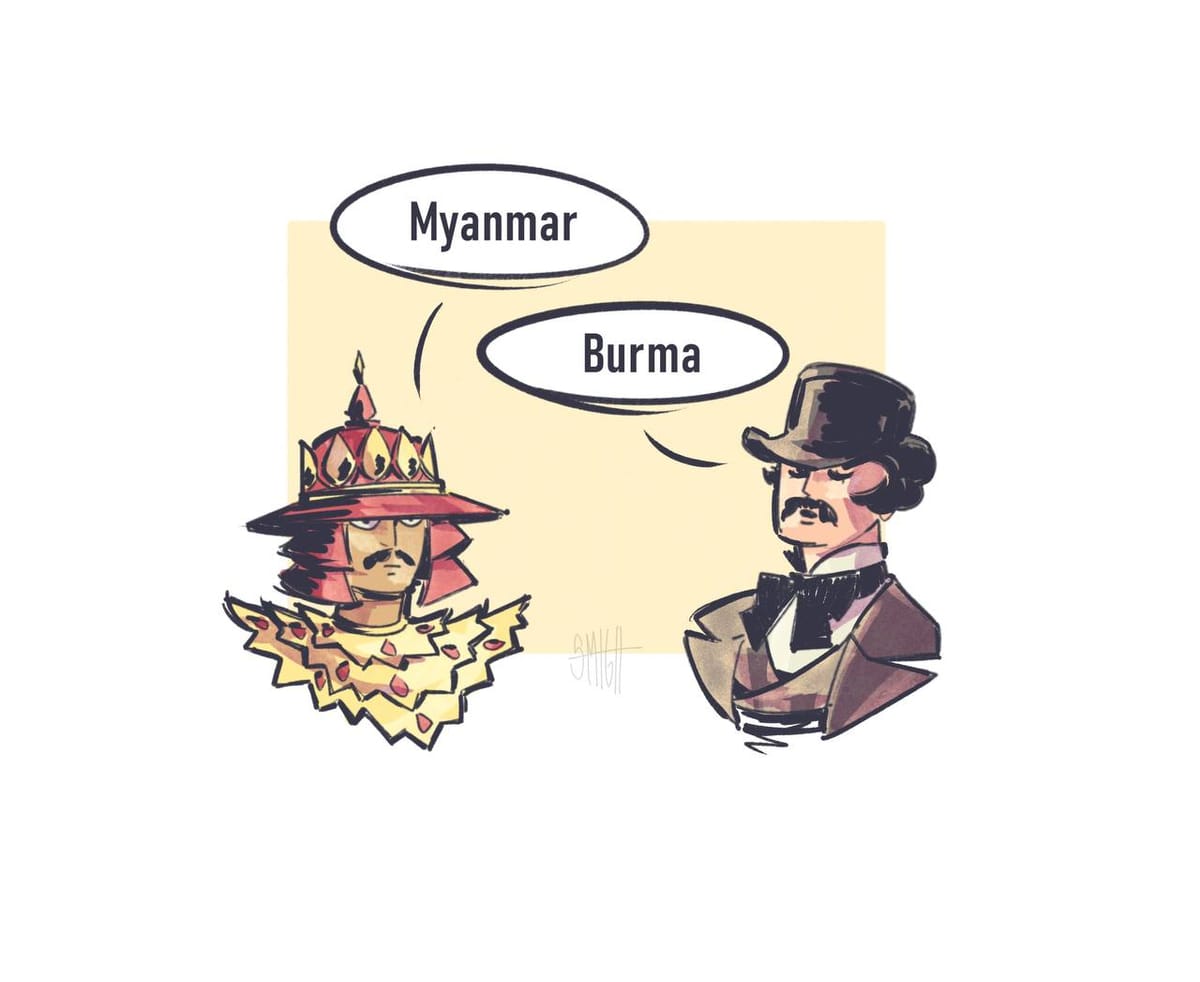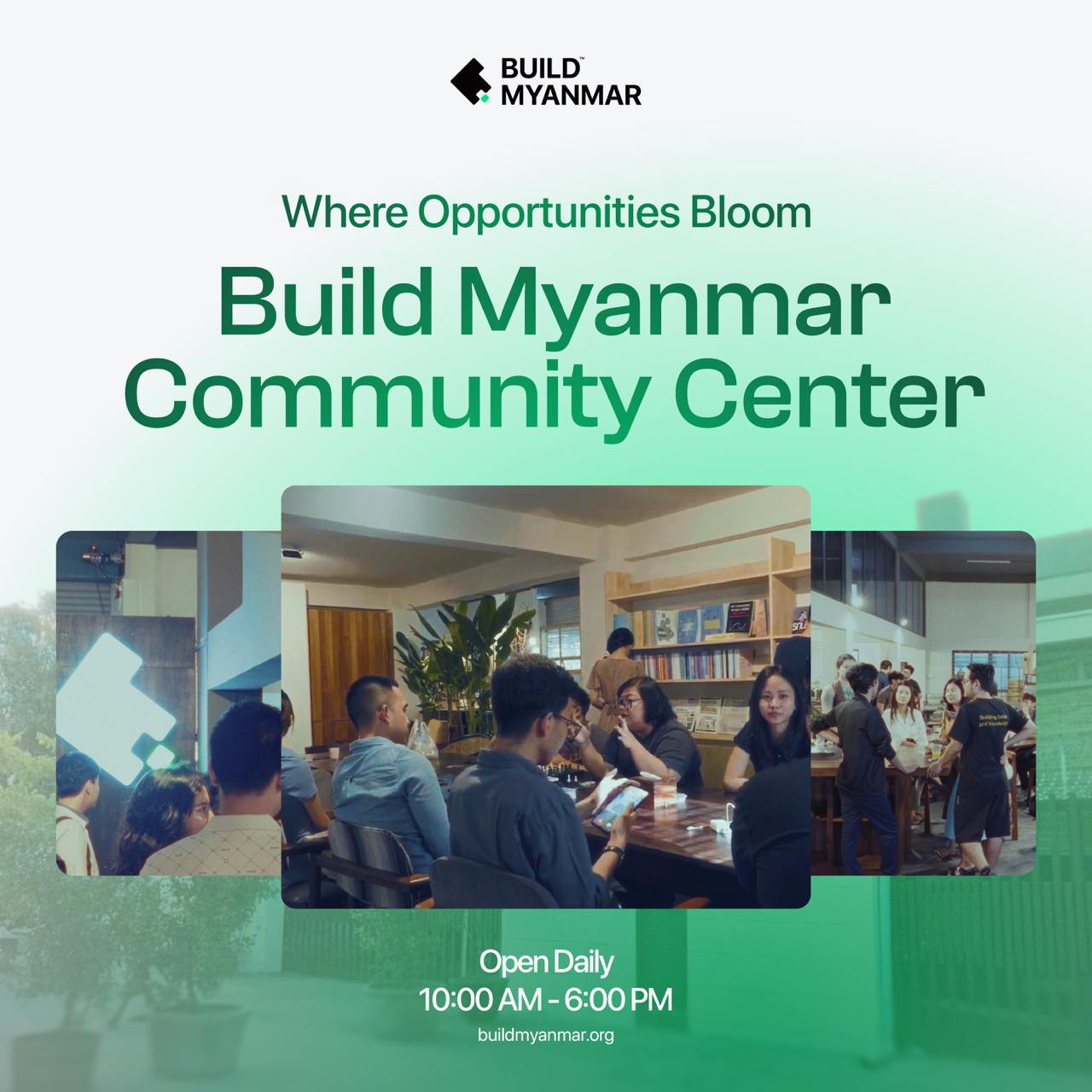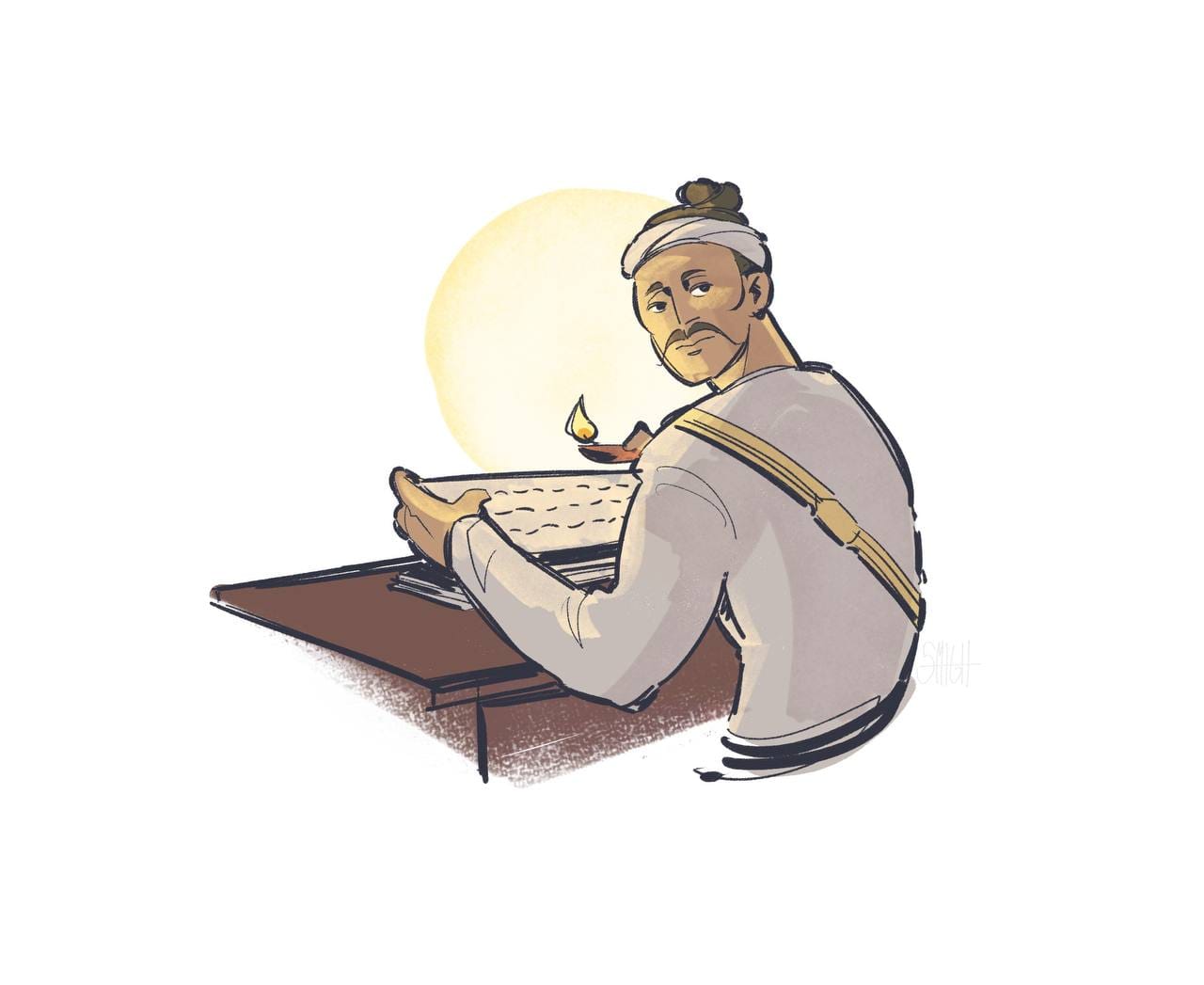
The debate between "Myanmar" and "Burma" has been a significant point of contention throughout history. These terms, deeply intertwined with historical developments, present an interesting case study in how language evolves with society.
The Origin of "Myanmar"
Buddhism, which the Myanmar people practice, originated from India. Before Buddhism, Hinduism dominated the Indian subcontinent. In Hindu belief, there exists the concept of "Brahma." The Myanmar people historically believed they descended from the Brahmas and referred to themselves as such.
"Brahma" is a Pali word. According to U Kyaw Htun, writing in the 1933 Journal of the Burma Research Society (JBRS Vol. 23, No. 2), the term evolved from Brahma → Bramma → Mramma → Myanmar.
The term "Myanmar" or variations thereof can be found in several historical stone inscriptions:
- 1102 CE - King Kyansittha's Mon inscription: "Mirma"
- 1190 CE - Pagan South Cave inscription: "Myanmar"
- 1342 CE - Myanmar inscription: "Mranma"
Other inscriptions also show variations like "Myanmar," "Mranma," and "Mramma."
These inscriptions date back to the era of ancient Myanmar kings during the feudal period. Therefore, "Myanmar" was the term used by the feudal Myanmar kings to refer to their ethnic group (the Myanmar people). During this period, like the Myanmar kings, the Rakhine and Shan peoples also lived in their own territories with their own administrative systems.

Where Opportunities Bloom
Imagine a vibrant space designed specifically for young people in Myanmar – a place where creativity, learning, and connection come together. The Build Myanmar Community Center is the ultimate solution for youth seeking inspiration and opportunity.
This innovative center offers:
- Fully-equipped spaces with high-speed internet
- Flexible co-working areas for collaboration
- Networking opportunities
- Diverse workshops led by experts from various fields
- A comprehensive library for knowledge seekers
- Maker spaces to fuel creativity and innovation
Interested in transforming your potential? Explore the link below and discover a world of possibilities.
Historically speaking, "Myanmar" represented only one ethnic group. It wasn't, as defined today, an umbrella term encompassing all ethnic groups from Kachin to Kayah. The term "Myanmar" emerged during the Pagan period.
The Origin of "Burma"
While "Myanmar" appears in feudal-era inscriptions, where did the term "Burma" come from, and when did it come into use?
U Kyaw Htun suggests that "Burma" also derives from "Brahma": Just as Brahma → Bramma → Mramma → Myanmar, Similarly, Brahma → Bamma → Burma evolved.
This theory is supported by linguist Maung Tha Noe.
However, the term "Burma" only appears prominently during the British colonial period. It's important to note that while it was first documented during the British period, this doesn't mean it originated then.
The British colonized India before Myanmar. Indians referred to the Myanmar/Burma people as "Brahma" (pronounced as Barama) and the Myanmar script as "Brahmi" (pronounced as Barami), as noted by Maung Tha Noe.
In summary, Indians called Myanmar/Burma "Barama." The British, who controlled India, adopted this pronunciation and anglicized it as "Burma/Burmese" with the 'r' included in the spelling.
This explains why British government records use "Burma" rather than "Myanmar." Similarly, organizations during the British period used "Burma," as evidenced by names like:
- Dobama Asiayone (We Burmese Association)
- Communist Party of Burma
- Communist Party (Burma)
- Dobama Song
- "Burmese literature is our literature, Burmese language is our language"
Burma vs. Myanmar: The Meaning
According to the historical records of the Dobama Asiayone: "The term 'Myanmar' was given by the feudal kings and refers to one ethnic group. 'Burma/Burmese' represents a country where multiple ethnic groups including Kachin, Karen, Kayah, Chin, Shan, Mon, Myanmar, and others live together. Therefore, we use 'Burma' rather than 'Myanmar' as it's more inclusive."
Maung Tha Noe himself wrote: "The term Myanmar refers to only one ethnic group, like myself. It doesn't include Shan, Kachin, Karen, etc. In English, the country is Burma, and the language and people are Burmese. 'Myanmar' is a result of misunderstanding by those unfamiliar with linguistics. Correctly, we should say 'We live in Burma, We are Burmese, We speak Burmese.'"
The 1948 Union Citizenship Act defined a "Myanmar indigenous person" as anyone, including ethnic Myanmar, who had permanently settled in the Union territory before 1823.
From Burma to Myanmar
In 1982, under General Ne Win, the People's Assembly Law No. 4 modified the 1948 Union Citizenship Act, changing "Myanmar indigenous person" to "Burma indigenous person."
The 2008 Constitution reverted to "Myanmar," and the English spelling changed from BURMA to MYANMAR. However, older English records still use BURMA, and ancient inscriptions show variations like Mirma, Mramma, and Mranma.
Conclusion
To summarize this complex historical progression:
The term "Myanmar" appears in inscriptions, while "Burma" doesn't. However, linguists suggest that "Burma" might be older as a spoken term. Its absence from inscriptions likely stems from it being colloquial rather than formal written language.
"Myanmar" was the name given by feudal kings and represented a single ethnic group. "Burma" emerged prominently during the British period and, according to the Dobama Asiayone, represented all ethnic groups.
In 1982, General Ne Win changed "Burma" to "Myanmar" in official usage, a change that many people initially resisted. Today, "Myanmar" remains the official term.
By Linn Thit (Y3A)
Read More
 Build Myanmar - MediaY3A
Build Myanmar - MediaY3A
 Build Myanmar - MediaY3A
Build Myanmar - MediaY3A
Build Myanmar-Media : Opinion | Empowering Myanmar Youth, Culture, and Innovation
Build Myanmar-Media Insights brings you in-depth articles that cover the intersection of Myanmar’s rich culture, youth empowerment, and the latest developments in technology and business.
Sign up for Build Myanmar - Media
Myanmar's leading Media Brand focusing on rebuilding Myanmar. We cover emerging tech, youth development and market insights.
No spam. Unsubscribe anytime.
Sign up now to get the latest insights directly to your mailbox from the Myanmar's No.1 Tech and Business media source.
📅 New content every week, featuring stories that connect Myanmar’s heritage with its future.
📰 Explore more:
- Website: https://www.buildmyanmarmedia.com/
- Facebook: https://www.facebook.com/buildmyanmar
- YouTube: https://youtube.com/@buildmyanmarmedia
- Telegram: https://t.me/+6_0G6CLwrwMwZTIx
- Inquiry: info@buildmyanmar.org
#BuildMyanmarNews #DailyNewsMyanmar #MyanmarUpdates #MyanmarNews #BuildMyanmarMedia #Myanmarliterature #myanmararticle #Updates #Insights #Media
